
I thought I would write about how dogs learn because so often I come across people who get angry and frustrated with their dogs because from their point of view the dog is "being stubborn" or "Not listening".
More often than not it's a case of not realizing there is more to training then working in the home a few times, getting a good response and then expecting the same response in every situation. It doesn't work that way.
There are basically 4 stages of learning: 1 -- acquisition (acquire the behavior) 2 -- fluency (becomes automatic) 3 --generalization (will do anywhere -- this is what most people are after) 4 -- maintenance (use it or lose it)
Too often people stop at the first step. For example, once the dog will sit on cue in the house, no further steps are taken. The assumption is made that the dog knows "sit" and will always do so when asked.
I see this a lot with "come". The pup learns to come running happily to you in the house but as soon as you go to the park amid other dogs or distractions, it falls apart.
If you want a consistent response in most situations you need to train it and not stop at step 1.
Acquisition. Think of learning to ride a bike. This is the stage where you learn to sit on the bike, co-ordinate pedals and handlebars and balance in order to move forward. You need to think of everything you are doing. Here is when your mom and dad give you lots of feedback and encouragement.
Fluency: You can get on the bike without much thought and your feet find the pedals easily and you can propel yourself forward easily. Now you can pedal faster and faster and don't have to think about what you are doing. It just happens.
Generalization: You've taken your bike to ride on mountains, in valleys, on city roads, on grass, on asphalt, on gravel (carefully ), through streams. No matter where you are you can hop on a bike and begin to ride. The steps you take are the same.
Maintenance: Here is where the new skill and all it entails becomes part of your skill set. Your friend says "let's go for a ride" and you know exactly what that means -- whether in the woods or through the city. If you haven't performed the skill in awhile you may need a refresher.
If your child got frustrated and stopped at Acquisition (stage 1) -- you would not expect him to hop on a bike and go for a ride in the woods over bumpy terrain. He doesn't have the skill set.
The same goes for dogs. If you have not taken the time to teach "come" and had success in lots of scenarios and progressed through each stage, he will not have the skill set to respond, as you may like. He may be dynamite in and around the house but not so good in other situations.
I think the easiest way to think of learning is in terms of school: Preschool, Elementary School, Middle School, High School and University.
The criteria in Preschool is not the same as in High School. This applies to dog training as well.
My expectations for a puppy learning "sit" on cue begins with Preschool criteria -- follow a hand signal in the house with no distractions. I gradually increase my criteria ensuring success at each stage before moving forward. "Sit" while someone is doing jumping jacks is different than "sit" in an empty room. "Sit" in the park when other dogs are running around is University level. I would not expect my puppy to do that.
All I am asking, is for you to be aware of your dog's behavior repertoire and know what he is capable of. If he is not responding to your cues in the park or outside a store or at someone's house -- ask yourself; Have you practiced in enough places? Have you trained the skill so he has generalized it? Has it been a really long time since you asked him to do it? Has it been maintained or has he simply forgotten?
SitStayLearn In Home Private Dog Training http://www.sitstaylearn.ca
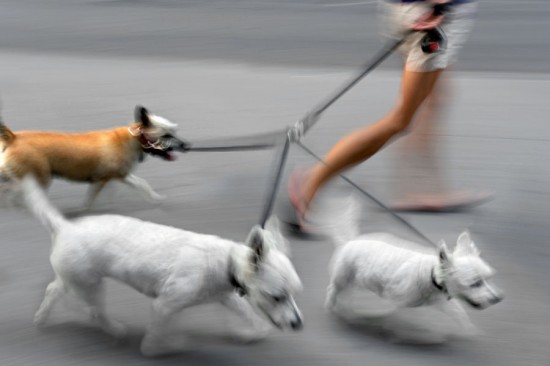 Become A Professional Dog Walker - Tips And Tricks
Become A Professi
Become A Professional Dog Walker - Tips And Tricks
Become A Professi
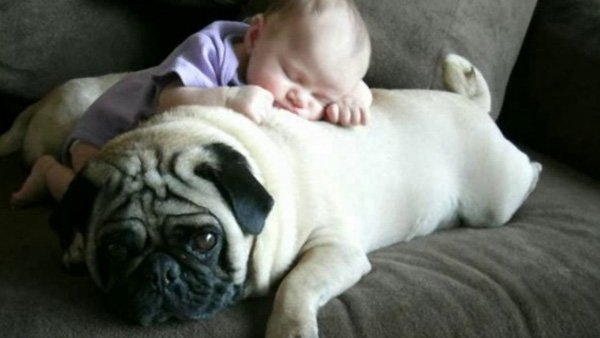 Factors to consider before choosing a Vet
Factors to consider before choosing a Vet
You
Factors to consider before choosing a Vet
Factors to consider before choosing a Vet
You
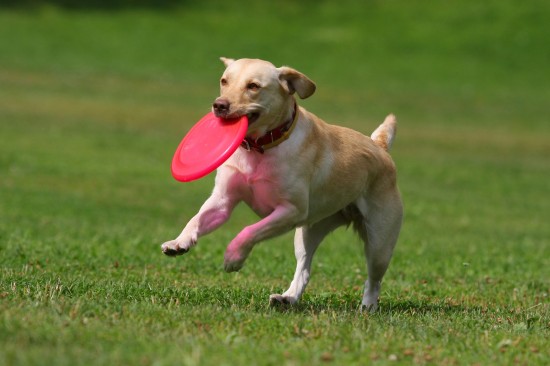 Ten Ways To Make Your Dog’s Walks More Exciting
Ten Ways To Make
Ten Ways To Make Your Dog’s Walks More Exciting
Ten Ways To Make
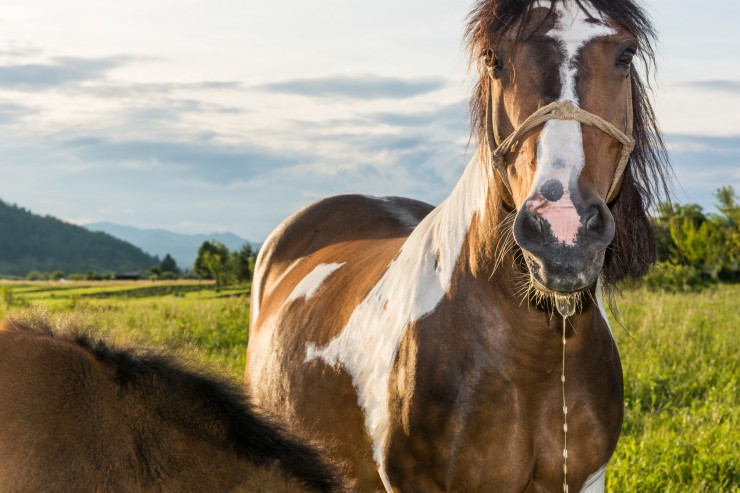 Why Is My Horse Drooling So Much?
Why Is My Horse D
Why Is My Horse Drooling So Much?
Why Is My Horse D
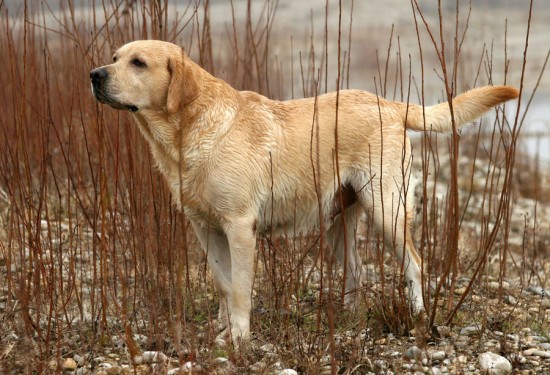 All About Gun Dogs
All About Gun Dog
All About Gun Dogs
All About Gun Dog
Copyright © 2005-2016 Pet Information All Rights Reserved
Contact us: www162date@outlook.com